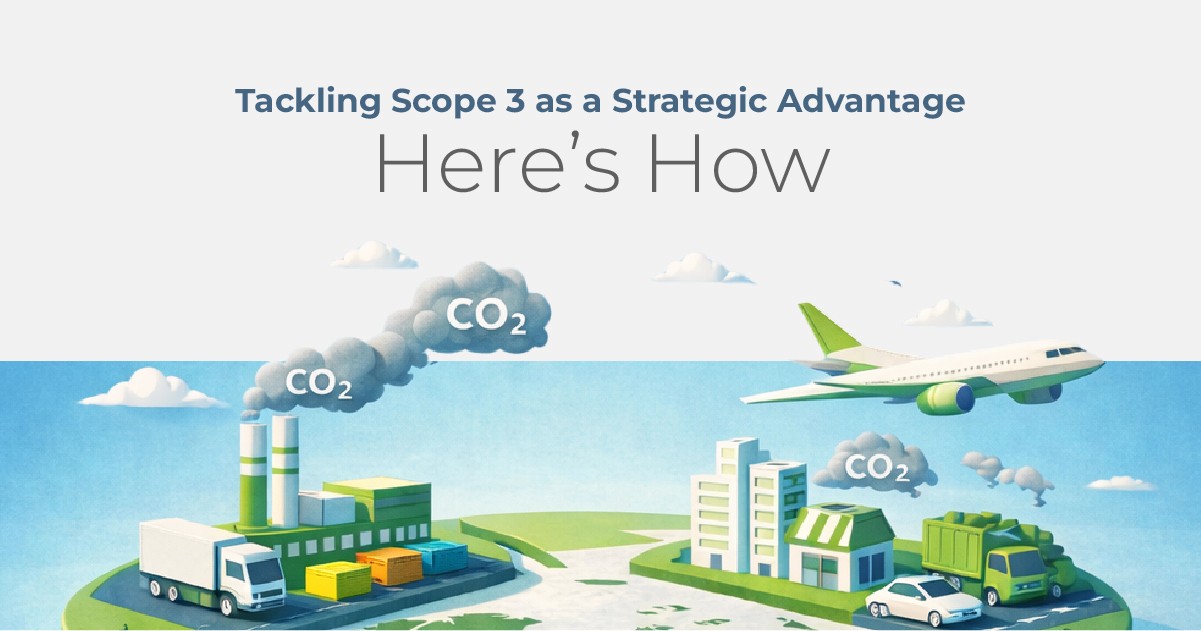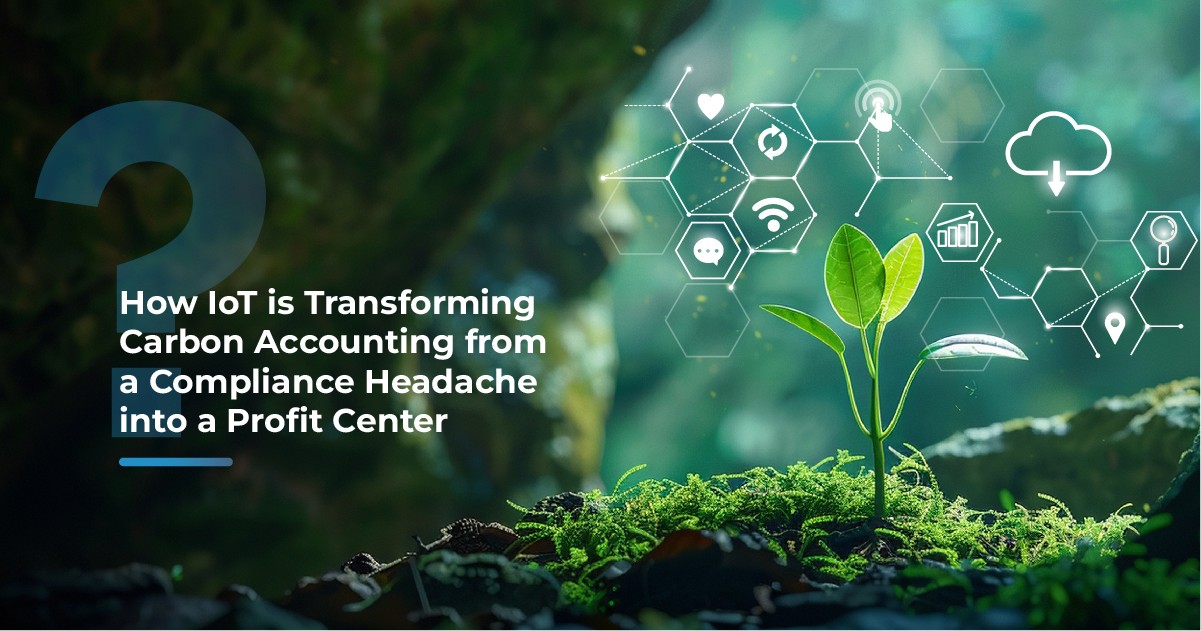Introduction
The European Union’s Carbon Border Adjustment Mechanism (CBAM) is a landmark policy designed to put a carbon price on imports of certain goods entering the EU.
Facts to Know:
The EU is India's largest trading partner, accounting for €124 billion worth of trade in goods in 2023 or 12.2% of total Indian trade.
Among these, steel and aluminum together account for more than €8 billion in exports. (Source: European Commission)
With CBAM coming into full effect by January 2026, businesses that fail to align with these new sustainability norms risk losing competitiveness, facing higher tariffs, or even being excluded from the market.
Indian Industry bodies such as FIEO, CII, and FICCI are already mobilizing support for exporters through training workshops, policy advocacy, and technical guidance. Their efforts will be pivotal in shaping standardized carbon accounting practices and strengthening India’s collective bargaining position on the global stage.
But this challenge also presents an opportunity to modernize supply chains, adopt cleaner technologies, and position India as a trusted sustainable trade partner on the global stage.
At Onlygood, we’re committed to helping Indian businesses navigate this transition. By offering tools for climate-conscious trade readiness, compliance tracking, and sustainable growth strategies, we ensure that Indian exporters thrive in the CBAM era.
CBAM 101: The New Carbon Tariff Changing Trade Rules
Think of the Carbon Border Adjustment Mechanism (CBAM) as a system where the EU puts a carbon price on imported goods, just like the one already applied to European producers.
Why?
To prevent what’s called “carbon leakage.” This happens when companies move their production to countries with weaker climate rules just to cut costs. By applying a carbon price on imports, the EU makes sure that no one gets an unfair advantage for polluting more.
For Indian exporters, especially in industries like steel, aluminum, cement, fertilizers, electricity, and hydrogen, this matters a lot.
NOTE: If your business isn’t compliant with CBAM rules, your products could become more expensive in the EU market, putting you at risk of losing competitiveness to others who are ready for the change.
Key Timeline & Transition Phases
2023–2025: Transitional Phase
Right now, we’re in the transition period. Indian exporters sending goods to the EU don’t have to pay anything yet. But they do need to report the embedded emissions (carbon footprint) of their products every quarter. This is essentially a “trial run” to prepare both exporters and EU authorities before money comes into play.2026 onwards: Financial Phase:
Starting January 1, 2026, things get serious. Exporters will have to purchase CBAM certificates to cover the emissions of their goods. The cost of these certificates will be linked to the EU’s carbon price (under the EU Emissions Trading System). In short, if your production process is carbon-heavy, your exports become more expensive in the EU market.
Key Milestones to Note:
Oct 2023: CBAM entered into force (reporting started).
Jan 2025: First consolidated annual report due.
Jan 2026: Full implementation with financial obligations.
This phased approach gives Indian businesses about two years to adapt but waiting until 2026 could mean losing competitiveness.
Note: Dates have been verified from the source of European Commission
Which Indian Sectors are Most Impacted?
CBAM does not apply to every product at least not yet. Initially, it targets six carbon-intensive sectors that are significant for Indian exports:
Steel & Aluminum – India is among the top 10 exporters of steel to the EU, sending around 3.7 million tonnes in FY2022. With aluminum, India exported nearly 2 million tonnes globally, a chunk of which goes to Europe. These industries are heavily carbon-intensive, making them the most exposed. (Source: Steel Ministry of India)
Cement & Fertilizers – Smaller in volume compared to steel, but still vulnerable. For example, India exported fertilizers worth over $1.2 billion to the EU in 2022. Cement, though not a large export yet, faces restrictions due to its high emissions. (Source: Exportimport Data)
Electricity & Hydrogen – While India doesn’t export electricity, future hydrogen exports could be a huge opportunity. The EU is already setting strict low-carbon benchmarks, which could shape India’s green hydrogen ambitions.
In total, the EU accounts for about 14–16% of India’s total exports (around $75 billion in FY23). With CBAM, the cost of carbon could turn into a hidden tariff, directly impacting India’s trade competitiveness.
How Exporters Can Stay CBAM-Ready
For Indian exporters, CBAM is a wake-up call to build systems that prove your products are made responsibly. The EU wants transparency on how much carbon was emitted in making what you export, and that means exporters need to put some basics in place:
Monitor & Report Carbon Emissions – Every shipment to the EU will need accurate emission reporting. Think of it as adding a “carbon tag” alongside your price tag.
Product-Level Carbon Footprints – Exporters will have to know the carbon impact of each product line (steel, aluminum, cement, etc.), not just company-wide averages.
In-House Sustainability Reporting Systems – Businesses will need processes, data tools, and trained teams to collect and share emission data consistently.
Work with Suppliers – It’s not just about your factory - your supply chain matters too. Tracing upstream emissions (like raw material extraction or energy use) will be crucial.
In short, exporters will need to build a transparent, verifiable carbon-reporting system by 2026 to stay competitive.
Challenges for Indian Exporters
The road to CBAM compliance won’t be smooth, especially in India where structural challenges make the transition harder:
Lack of Standardized Carbon Accounting – Unlike financial reporting, carbon reporting isn’t standardized across industries in India yet, creating confusion.
Fossil Fuel-Heavy Energy Grid – With coal still powering over 70% of India’s electricity, even efficient manufacturers may show higher carbon footprints compared to EU producers.
High Technology Adoption Costs – Switching to greener tech or energy requires big investments—something large players may manage but SMEs will struggle with.
SME Capability Gaps – Smaller exporters often lack the manpower, tools, or expertise to track emissions, making compliance disproportionately harder.
For exporters, the challenge is to build the right systems, mindset, and partnerships before the 2026 deadline.
What Indian Exporters Need to Do to Stay Ahead by 2026
A Practical Action Checklist
The transitional phase is a golden window for Indian exporters; it's about preparation, not penalties. By 2026, when CBAM starts charging for emissions, companies that act early will be ahead of the curve. Here’s what exporters must prioritize:
Audit Your Carbon Footprint
Begin by measuring where your emissions come from factories, supply chains, or energy use. Without a baseline, compliance will be impossible.Invest in Renewable Energy & Efficiency
Switching to cleaner energy sources and upgrading to energy-efficient machinery reduces emissions and lowers long-term costs.Build Robust Reporting Systems
Set up internal mechanisms to track and report emissions at the product level. Digital tools for ESG reporting can make this easier.Collaborate with Industry & Government
Engage with industry associations, trade bodies, and government initiatives that provide training, subsidies, or frameworks for compliance.Up-skill Teams in Carbon Accounting & ESG
Train employees and managers on carbon accounting standards, sustainability practices, and EU regulations to build internal expertise.
Role of Government & Industry Bodies
CBAM compliance is not just the responsibility of individual businesses, it requires collective action.
Government Action:
The Indian government has already raised concerns with the EU, seeking fair treatment for developing economies. Beyond negotiations, policymakers are also exploring financial support, tax incentives, and renewable energy subsidies to help exporters transition smoothly.Industry Associations as Enablers:
Bodies like FIEO, CII, and FICCI are stepping up with training workshops, policy advocacy, and technical guidance for exporters. Their role will be critical in creating standardized carbon accounting practices and building collective bargaining power.Public–Private Synergy:
For India to maintain export competitiveness, exporters, associations, and the government must work together. The transition is not just technical, it’s strategic.
Conclusion: A Call to Action
The global economy is moving towards low-carbon trade, and businesses that delay action risk losing their edge.
Those who embrace this shift by auditing emissions, adopting clean technologies, and building transparent reporting systems will not just survive CBAM, but thrive in a carbon-conscious world.
Onlygood POV: At Onlygood, we see CBAM not as a hurdle but as an opportunity. This is about future-proofing Indian businesses, making them more resilient, sustainable, and globally competitive. The exporters who act today are writing the playbook for tomorrow’s trade.





